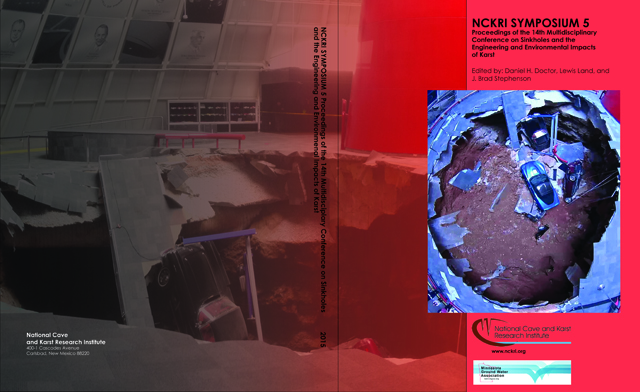Abstract
Regression analysis is used to identify monotonic trends to assign water age using ion data from two large well water databases from southeast Minnesota (SE MN). Nitrate (NO3-N), chloride (Cl), sodium (Na), and sulfate (SO4) ions in the commonly used aquifers in SE MN can be used as groundwater tracers since they are either entirely or partly anthropogenic in their sources, their loading occurs on a regional scale, and they are almost entirely conserved. Ion concentrations over time are used to establish six trend patterns. Two patterns are unchanging (background and stable above background), and four are changing (linear up, exponential up, peaking, and down). These patterns are then used to assign specific age values or age ranges to the well based upon that ion. For ions with linear upward trends, specific ages are derived from the “Intercept Year” representing a time when water extracted from the well first infiltrated from the land surface containing the ion at detectable concentrations and the “Marker-Year” representing the beginning of large scale trend changes for that ion source.
Rights Information
DOI
http://dx.doi.org/10.5038/9780991000951.1073
Included in
Analysis Commons, Environmental Chemistry Commons, Environmental Monitoring Commons, Geochemistry Commons, Inorganic Chemistry Commons, Water Resource Management Commons
Using Nitrate, Chloride, Sodium, and Sulfate to Calculate Groundwater Age
Regression analysis is used to identify monotonic trends to assign water age using ion data from two large well water databases from southeast Minnesota (SE MN). Nitrate (NO3-N), chloride (Cl), sodium (Na), and sulfate (SO4) ions in the commonly used aquifers in SE MN can be used as groundwater tracers since they are either entirely or partly anthropogenic in their sources, their loading occurs on a regional scale, and they are almost entirely conserved. Ion concentrations over time are used to establish six trend patterns. Two patterns are unchanging (background and stable above background), and four are changing (linear up, exponential up, peaking, and down). These patterns are then used to assign specific age values or age ranges to the well based upon that ion. For ions with linear upward trends, specific ages are derived from the “Intercept Year” representing a time when water extracted from the well first infiltrated from the land surface containing the ion at detectable concentrations and the “Marker-Year” representing the beginning of large scale trend changes for that ion source.

